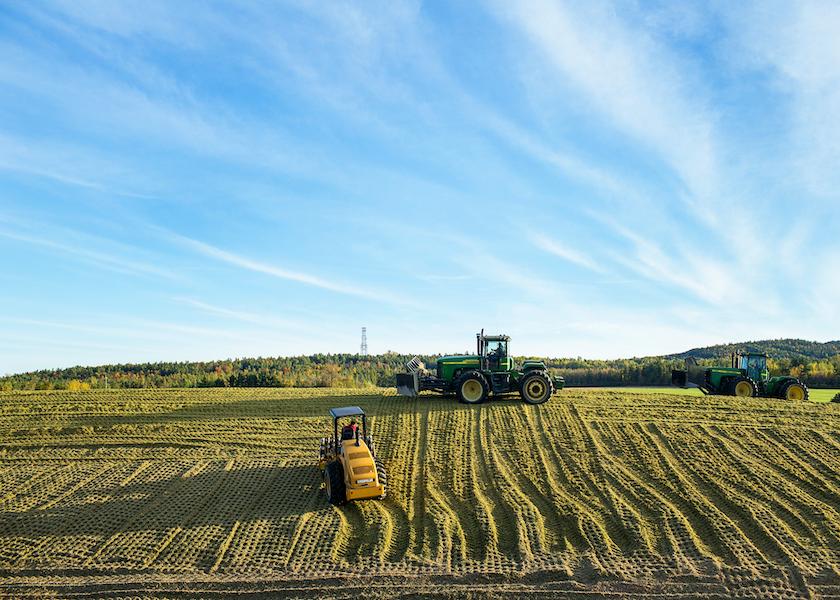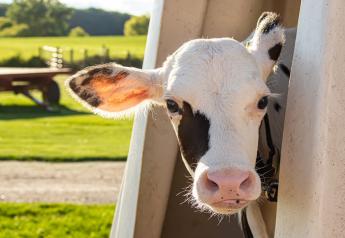This Year's Corn Silage May Not be as Concerning as You'd Think

The unique growing conditions of the 2023 crop year have a lot of dairy producers on edge about the quality and safety of their new-crop corn silage. But the experts and Dairyland Laboratories in Arcadia, Wis. advise that there’s probably little need to panic.
In a recent bulletin, they noted that over the past 10 years, 65% of crop years had average values for corn silage moisture, starch, and NDF within 1 point of each state’s long-term average. A minimum of 500 samples per state went into these evaluations.
They said even in the worst years, most corn silage samples have been safe for mycotoxins. “Using the most conservative thresholds across FDA guidance levels and Penn State Extension recommendations for dairy cattle, every year a strong majority of samples tested were below all thresholds for aflatoxin, vomitoxin, zearalenone, and T2/HT2,” they stated.
Among all the state and crop year combinations with more than 20 samples, the vast majority (122/170) had more than 95% of samples test below the tolerance thresholds for dairy.
Dairyland Labs advisors recommended two practices to grant peace of mind when feeding new-crop corn silage:
- Average multiple samples before making formulation changes. Corn silage might be highly variable this year; averaging samples will help cut that variability. Regardless of the size of the bunker or pile or the variability within them, averaging 4 samples will cut the error of formulation specs in half. Dairyland’s Lot Management Tools can help with ration formulation based on multiple samples.
- Use manure samples to let the cows weigh in on digestibility. Running fecal starch or apparent digestibility analyses before and after feeding new-crop silage can provide direct feedback about the digestibility that’s actually occurring in the cows.
Finally, nitrate concerns in highly drought-stressed forages are another point of worry for producers this year. Nitrate levels over 4,000 ppm are potentially toxic for dairy cattle. Dairyland recommends collecting multiple samples from the silo face or during unloading to test for nitrates. The samples should be well-mixed, and then about a half-pound of silage should be submitted for safety testing.
For more on dairy nutrition, read:
- Drought-stressed Corn Silage Produces Nutritional Changes
- 5 Ways to Help Minimize Feed Refusals
- In Search of the Maternal “Goldilocks” Diet







